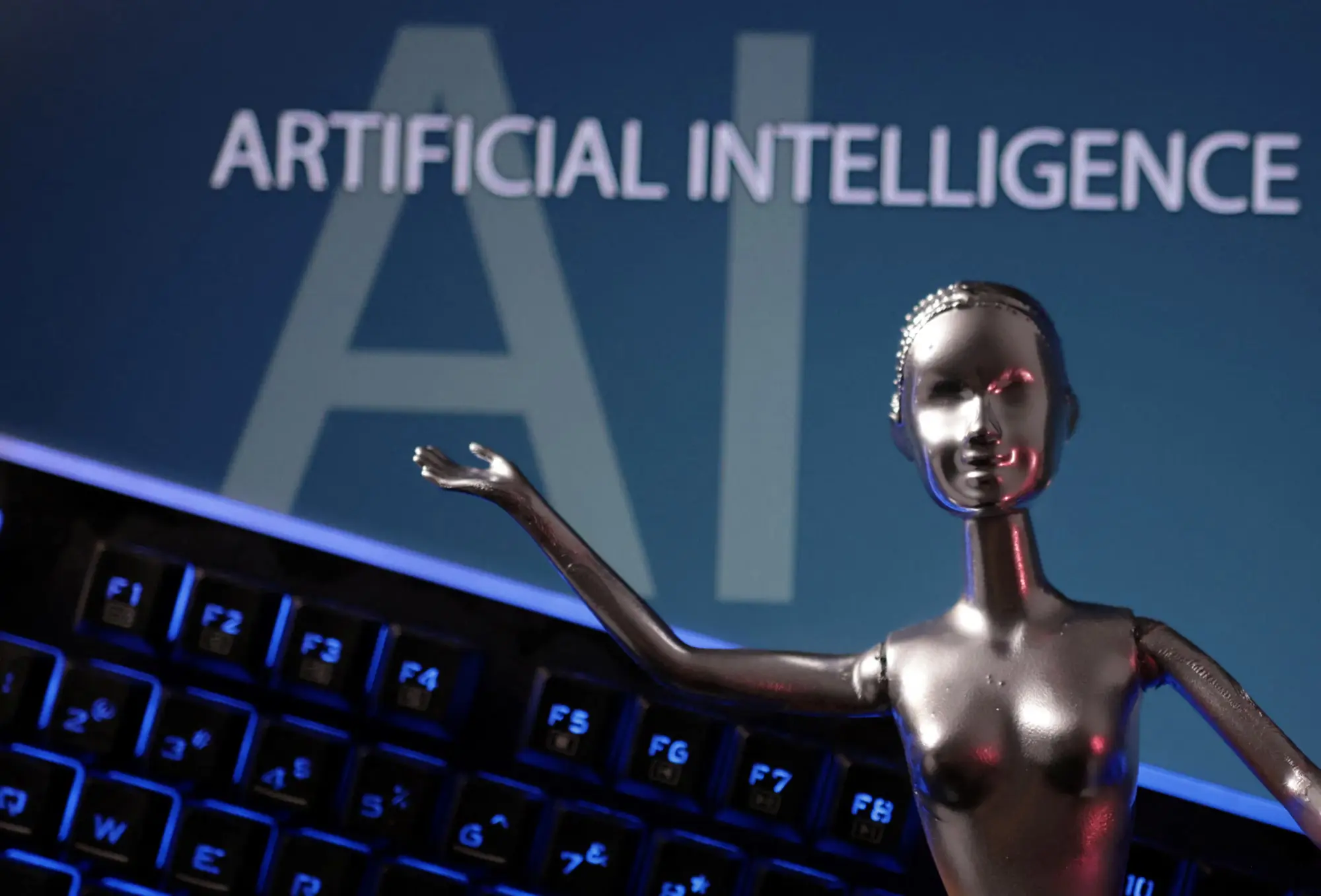Data Science & Analytics 2025: Trends, Tools & Insights
Explore 2025's key developments in data science and analytics, including AI integration, real-time insights, and top tools revolutionizing decision-making.
Massive Growth in Data Volume and Variety
Global data expected to exceed 200 zettabytes by 2025.
Unstructured data (images, video, logs) dominates analytics pipelines.
Data lakes are widely adopted to manage diverse formats.
AI-Powered Analytics Becomes the Norm
AI/ML embedded into analytics platforms for predictive insights.
Tools like H2O.ai, DataRobot, and Azure ML are widely used.
AutoML helps non-experts build accurate models quickly.
Real-Time Data Processing Takes Center Stage
Event-driven architectures enable live insights and alerts.
Technologies: Apache Kafka, Spark Streaming, Flink.
Used in fraud detection, logistics, and IoT applications.
Self-Service Analytics Empowers Business Users
Drag-and-drop tools reduce dependency on data scientists.
Tools like Power BI, Tableau, and Looker dominate dashboards.
Democratization of data leads to faster decisions.
DataOps Optimizes Analytics Pipelines
DevOps principles applied to data workflows.
Enables continuous integration of datasets and models.
Focus on data quality, automation, and monitoring.
Ethical Data Use & Governance Is a Priority
Strict rules around privacy (GDPR, CCPA) affect data practices.
Data lineage, consent management, and anonymization are critical.
Tools like Collibra and Alation enforce governance.
Cloud-Based Data Platforms Dominate
Scalability and availability drive cloud analytics adoption.
Popular platforms: Snowflake, BigQuery, AWS Redshift, Databricks.
Hybrid and multicloud support for compliance and performance.
Rise of Embedded Analytics in Apps
Businesses integrate dashboards into customer-facing platforms.
Users get insights without switching tools.
APIs and SDKs from Sisense, Domo, and Qlik enable this.
Natural Language Querying Simplifies Data Access
Users ask questions in plain English and get answers from data.
NLP-powered tools like ThoughtSpot and Tableau GPT gain traction.
Reduces learning curve for analytics adoption.
Data Literacy Training Expands
Companies invest in upskilling employees in analytics.
Data literacy is now a core business competency.
Certifications: Google Data Analytics, IBM Data Science, Microsoft DP-900.
Synthetic Data for AI Model Training
Artificially generated data fills gaps in training datasets.
Used when real data is scarce or privacy-restricted.
Vendors: Mostly AI, Synthetaic, Tonic.ai.
Graph Analytics for Complex Relationships
Networks and relationships visualized via graph databases.
Used in social networks, fraud detection, and supply chain.
Tools: Neo4j, TigerGraph, Amazon Neptune.
Data Monetization Grows
Companies sell insights or data via data marketplaces.
External data sources fuel new products and services.
Examples: Datarade, Snowflake Data Marketplace.
Automated Data Cleaning & Preparation
Tools reduce manual wrangling and speed up analysis.
Smart data prep in Trifacta, Alteryx, and Talend.
AI-driven anomaly detection ensures reliability.
Analytics in Edge & IoT Environments
Analytics moves closer to the data source.
Enables decisions on-device or on-premise in milliseconds.
Applied in manufacturing, healthcare, and autonomous vehicles.
Explainable AI (XAI) Enhances Trust
Transparency tools show why a model made a decision.
Important for regulated sectors like finance and health.
Libraries: SHAP, LIME, IBM AI Explainability 360.
Data Mesh Architecture Decentralizes Ownership
Each domain team owns its data as a product.
Reduces bottlenecks in centralized data teams.
Promotes scalability and accountability.
Federated Learning Protects Data Privacy
Models are trained across distributed data sources.
No need to move data, increasing security.
Used in banking, telecom, and healthcare.
Industry-Specific Analytics Platforms Emerge
Tailored analytics for sectors like retail, energy, and pharma.
Faster deployment and better insights from prebuilt models.
Examples: SAS for healthcare, Palantir Foundry for industry.
Key Roles in Data Science Continue to Evolve
New job titles: Analytics Translator, ML Ops Engineer, Data Steward.
Demand for cloud and AI expertise surges.
Cross-functional teams blend business and technical skills.
















